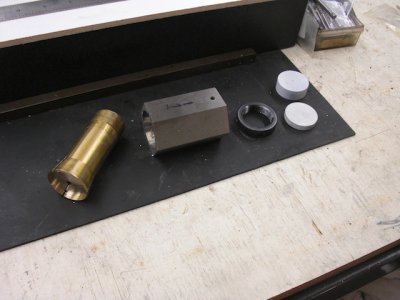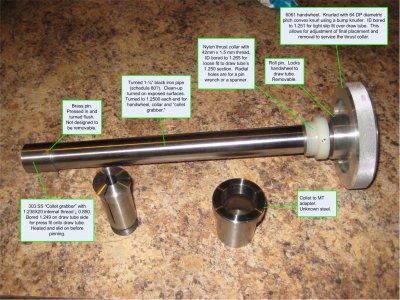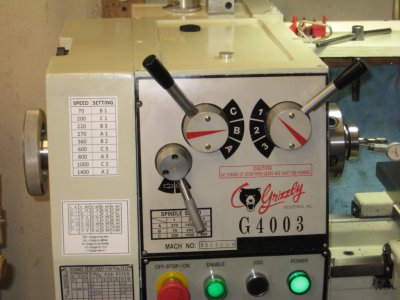- Joined
- Jun 23, 2011
- Messages
- 786
Here are some pics of my latest project all finished. It's a 5C collet closer for my Grizzly G4003 lathe.
I worked on this all weekend and my wife is ready to kill me. She's calling me "mole man" since my shop is in the basement.
In any case, it included a plethora of lathe techniques: internal blind threading, metric threading, knurling, machining tapers and more. I had never done metric threading, internal threading, or precise taper turning before.
The collet adapter is made from steel (unknown type). The collet thread piece is 303 stainless. The draw tube is black iron pipe. The outboard spindle thrust collar is nylon. The handwheel is 6061. Apart from that, all else that's there is a roll pin to lock the handwheel to the draw tube and a 3/16 brass pin to lock the collet draw onto the draw tube.
How I managed to make all those pieces without any uncorrectable mistakes or blood is beyond me. +++ I'm usually not so lucky.
Here are some pictures:
John
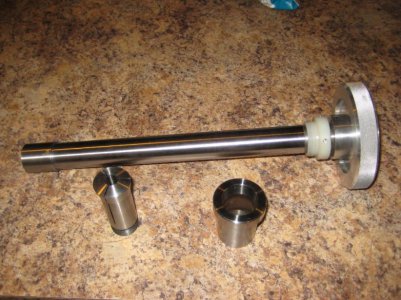
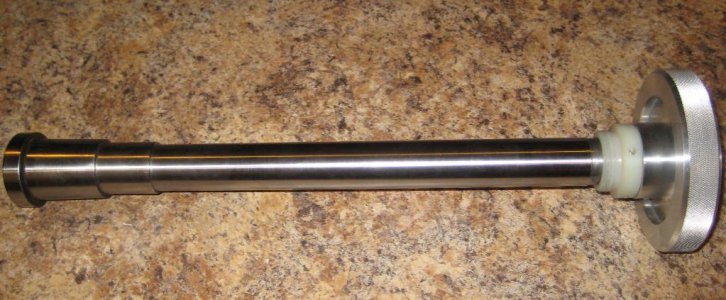
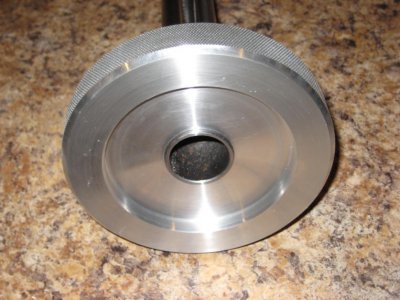
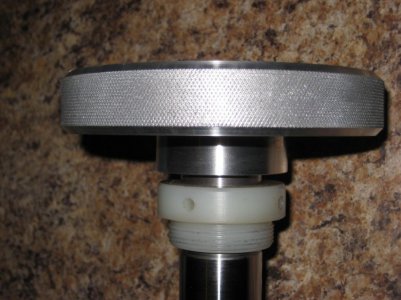
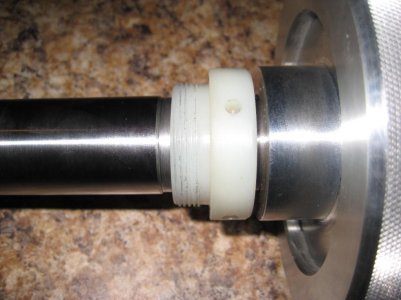
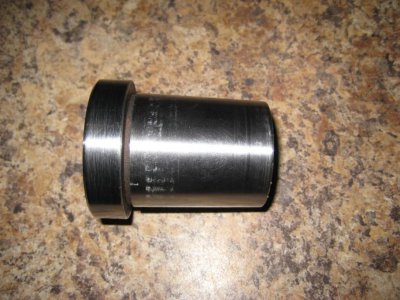
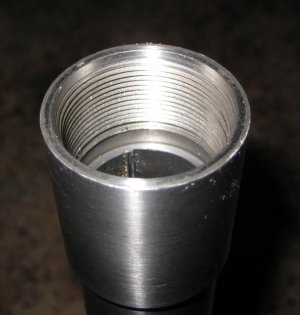
I worked on this all weekend and my wife is ready to kill me. She's calling me "mole man" since my shop is in the basement.
In any case, it included a plethora of lathe techniques: internal blind threading, metric threading, knurling, machining tapers and more. I had never done metric threading, internal threading, or precise taper turning before.
The collet adapter is made from steel (unknown type). The collet thread piece is 303 stainless. The draw tube is black iron pipe. The outboard spindle thrust collar is nylon. The handwheel is 6061. Apart from that, all else that's there is a roll pin to lock the handwheel to the draw tube and a 3/16 brass pin to lock the collet draw onto the draw tube.
How I managed to make all those pieces without any uncorrectable mistakes or blood is beyond me. +++ I'm usually not so lucky.
Here are some pictures:
John







Last edited by a moderator:


